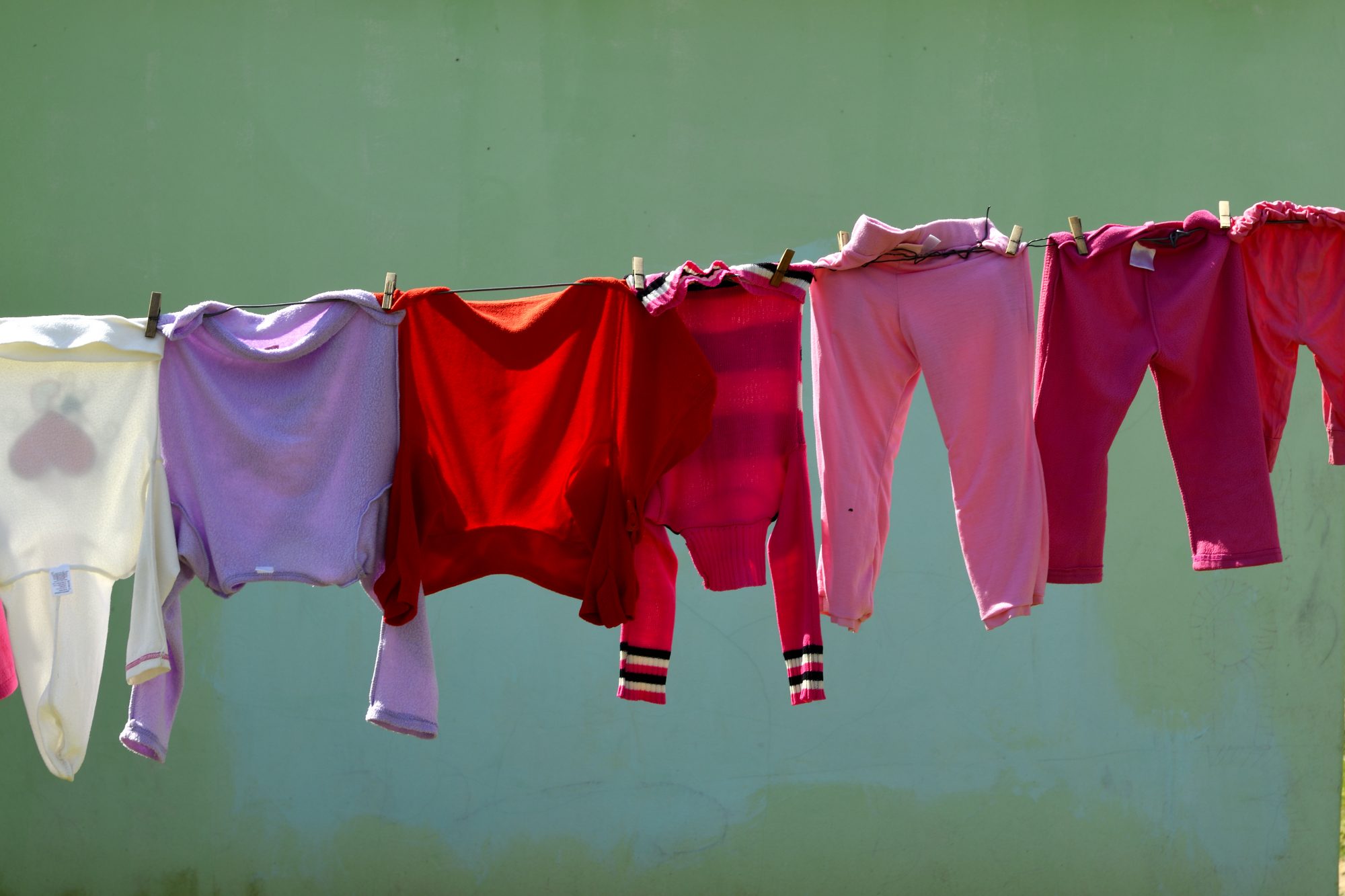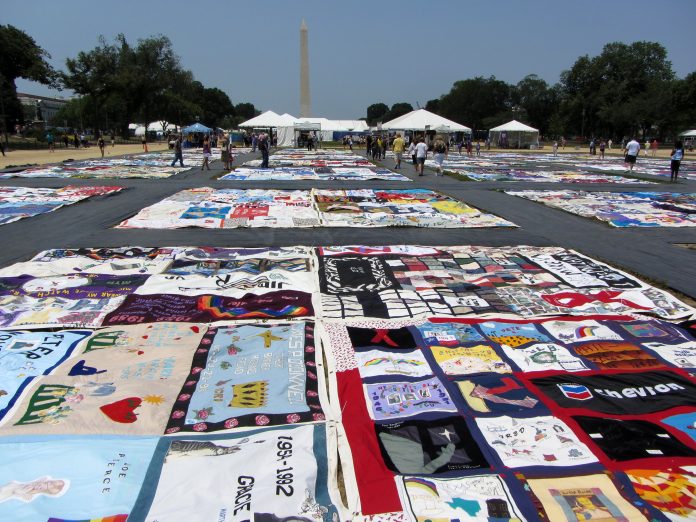With 7.5 million people living with HIV, how has climate change and COVID-19 affected the South African governments control over the AIDS crisis and which demographics have been hit the hardest?
With 39 million deaths worldwide and still no known cure, HIV is a looming threat across the globe. The virus harms the immune system by attacking and destroying a type of white blood cell that helps fight infections, impeding the body’s ability to stay healthy and fight off infections effectively – leaving the body with a compromised immune system.
As of 2021, antiretroviral therapy is an effective way to manage the virus and prevent spreading from person to person. However, the virus is still highly dangerous and continues to carry a stigma around the globe. With HIV still being a global issue, we have to understand what impact climate change is having on the virus.
90-90-90 objectives
In 2016 the United Nations General Assembly’s Political Declaration on ending AIDS committed nations around the globe to 90-90-90 targets. They proposed that:
- 90% of all people living with HIV will know their HIV status
- 90% of all people diagnosed with HIV infection will receive sustained antiretroviral therapy
- 90% of all people receiving antiretroviral therapy will have viral suppression
The last decade has seen a massive increase in funding and many nations made great strides in controlling the HIV crisis. However, with the 2020 outbreak of the COVID-19 pandemic, the United Nations 90-90-90 target fell short of implementation.
South Africa remains the epicentre of the HIV epidemic, with numbers far higher than that any other nation in the world.
HIV in South Africa
As of 2019, South Africa had 7.5 million people living with HIV, 200,000 new HIV infections and 72,000 AIDS-related deaths.
“7.5 million people living with HIV, 200,000 new HIV infections and 72,000 AIDS-related deaths”
Reasons for increased rates of HIV in South Africa can be accredited to a number of social, economic, gender and health-based factors that have only been increased due to the progression of climate change and the recent pandemic.
- High rates of teenage pregnancy
- Gender-based interpersonal violence
- High rates of sex work
- Lack of quality education
- Widespread poverty
- Unemployment
How does climate change affect HIV rates?
What was made clear from the IPCC report released in august of 2021, is that the effects of climate change are being felt globally and will only increase, placing those in vulnerable positions in even more danger. Vulnerability to climate change is something that is reliant on a varying number of factors such as exposure, dependence on weather patterns for livelihood and food insecurity. These effects are disproportionately felt by women.
Natural disasters, socio-economic problems and security challenges are all factors that lead women, who are expected to be in control of children and families, to seek temporary relief through dangerous means. This necessity leaves them open to exploitation, human trafficking and sex work and therefore placing them at higher risk of contracting HIV.
Assistant Professor in epidemiology, Andrea Low, conducted a study in 2019 on 15-19-year-olds in Lesotho. The findings drew attention to the significant relationship between climate change and the HIV crisis. It revealed that drought conditions were significantly associated with riskier sexual behaviours and higher HIC rates. Those impacted by environmental changes were found to be more susceptible to high-risk behaviours, such as early sexual debut and transactional sex.
What about women and adolescent girls?
Women are disproportionately affected by HIV in South Africa, as of 2017 – 26% of women were estimated to be living with HIV compared to around 15% of men. HIV prevalence among young women is nearly 4 times greater than that of young men. Intergenerational relationships between older men, a group with high HIV prevalence, and young women are understood to be driving a cycle of infections – making age a defining risk factor in HIV transmission.

The fluctuating relationship between HIV, sex work and climate change
The relationship between sex work and HIV rates is one that a number of reports have drawn attention to. Climate change, HIV and sex work are all inherently linked to one and other. An increase in global temperature will affect food security, therefore, increasing the number of people engaging in sex work to support themselves and others, while lacking access to appropriate contraceptive methods. The changing climate will literally increase HIV transmission, especially in the Global South.
Women seeking temporary relief, shelter and amenable living conditions in acutely insecure contexts, making them potential targets for exploitation and human trafficking. Sex work is a profession that is disproportionately held by women, and one that has the ability to place women in dangerous situations.
The disparity between the number of men and women involved in sex work is reflected in the numbers of HIV cases between men and women. As of 2020, 53% of all people living with HIV were women and girls.
“As of 2020, 53% of all people living with HIV were women and girls”
Food insecurity drives the need for transactional sex for money or food and heightens the risk of contraception free sex and gender-based violence, putting women in more danger. Food insecurity is directly linked to the effects of climate change, factors such as increased temperature and rain directly affect crop production putting millions at risk globally. The relationship between food insecurity and rousing HIV transmission is due to the fact that, as food becomes more scarce or expensive the need for sexual transactions in return for food increases.
Fighting the stigma around HIV
The stigma towards those who are HIV positive has been a major barrier for the global fight against HIV and AIDS. This stigma has hindered scientific research, government intervention and seeded a culture of discrimination around the world. Although less prominent than in the 80s, the HIV stigma still exists and steps need to be taken to reduce it. In the US, systemic racism feeds into the ongoing HIV epidemic. According to a report in The Lancet, 43% of HIV deaths in 2018 happened in the Black community.
Nora D Volkow, Director of the National Institute on Drug Abuse (NIDA), said: “Scientific advances have transformed the course of HIV in individuals. To transform the course of the epidemic, we need to expand care and prevention strategically to those who need it most.
“That means taking a hard look at who has been excluded from services and take immediate steps to overcome systemic barriers like stigma, structural racism, and other forms of discrimination to connect hardly reached people – such as individuals with substance use disorders – with HIV testing, prevention, and treatment.”
The stigma surrounding HIV positive status has resulted in negative attitudes and beliefs that need to be dismantled, to stop the spread of the virus.
The future of HIV in South Africa?
As a nation, South Africa is showing impressive progress with life expectancy up from 56 to 63, connected to the success of the country’s antiretroviral therapy (ART) programme and HIV prevention tactics.
As of 2020:
- 92% of people are aware of their HIV status
- 75% are on HIV treatment
- 92% of HIV-positive people are virally suppressed
With trials for a cure happening, finally, in 2021 and results expected April of 2022, an HIV vaccine might arrive in the near future. ‘
While the science for the cure looks promising, economic inequity will create problems and access to the vaccine – just as with the current COVID-19 vaccine access crisis.
COVID-19 vaccine access is a critical issue across the globe, with wealthier countries being given priority by vaccine manufacturers, making it difficult for countries such as South Africa to gain access to doses.
If the HIV epidemic is going to be resolved, international governments need a system in place to ensure vaccine access globally.
References
- https://www.csis.org/analysis/worlds-largest-hiv-epidemic-crisis-hiv-south-africa
- https://www.ft.com/content/b6a964fc-69c7-4247-9d06-0c7d3de11420
- https://www.ipcc.ch/apps/njlite/ar5wg2/njlite_download2.php?id=9719
- https://journals.plos.org/plosmedicine/article?id=10.1371/journal.pmed.1002727
- https://www.un.org/en/chronicle/article/pattern-response-hivaids-and-climate-change-commentary








